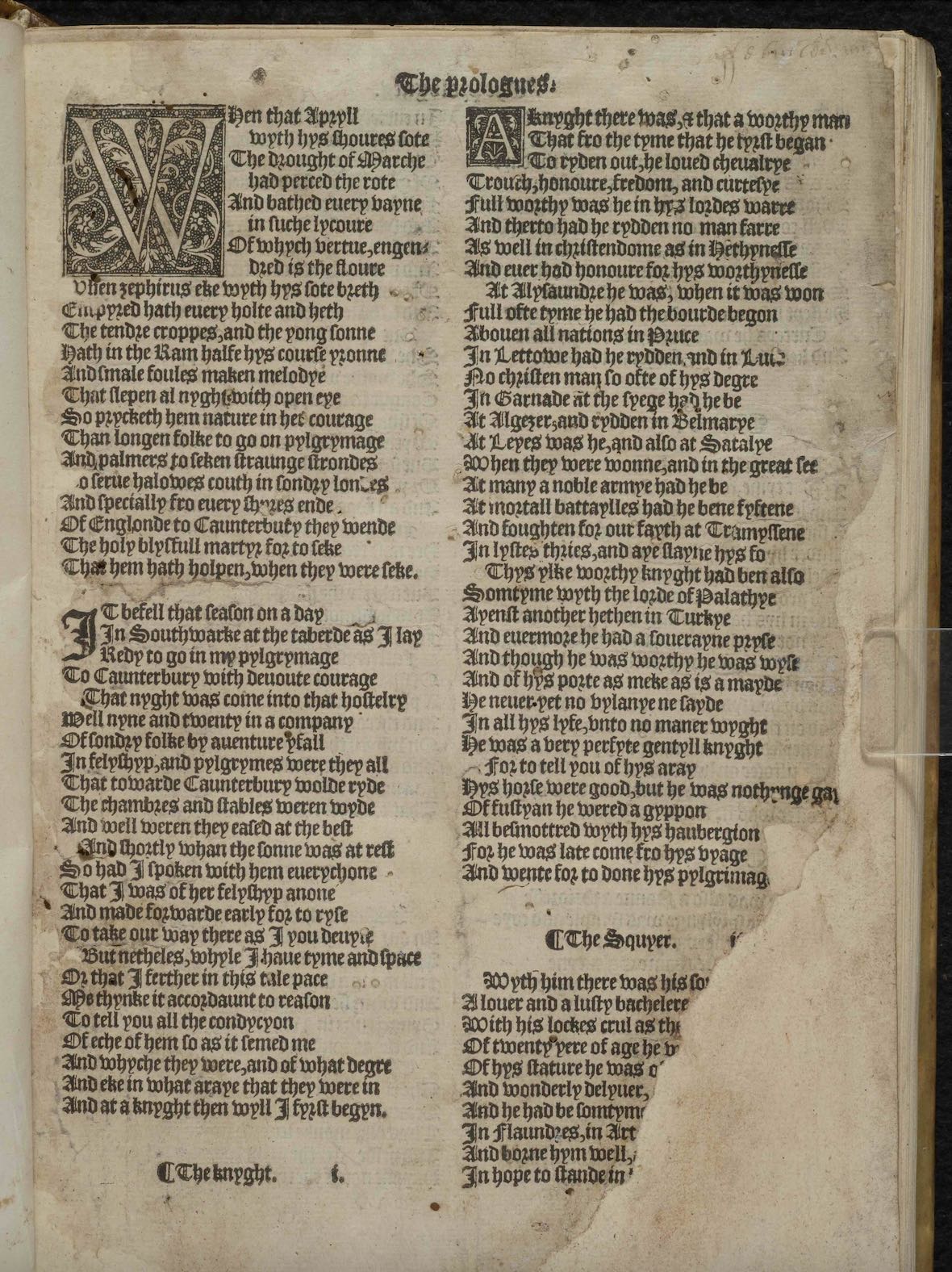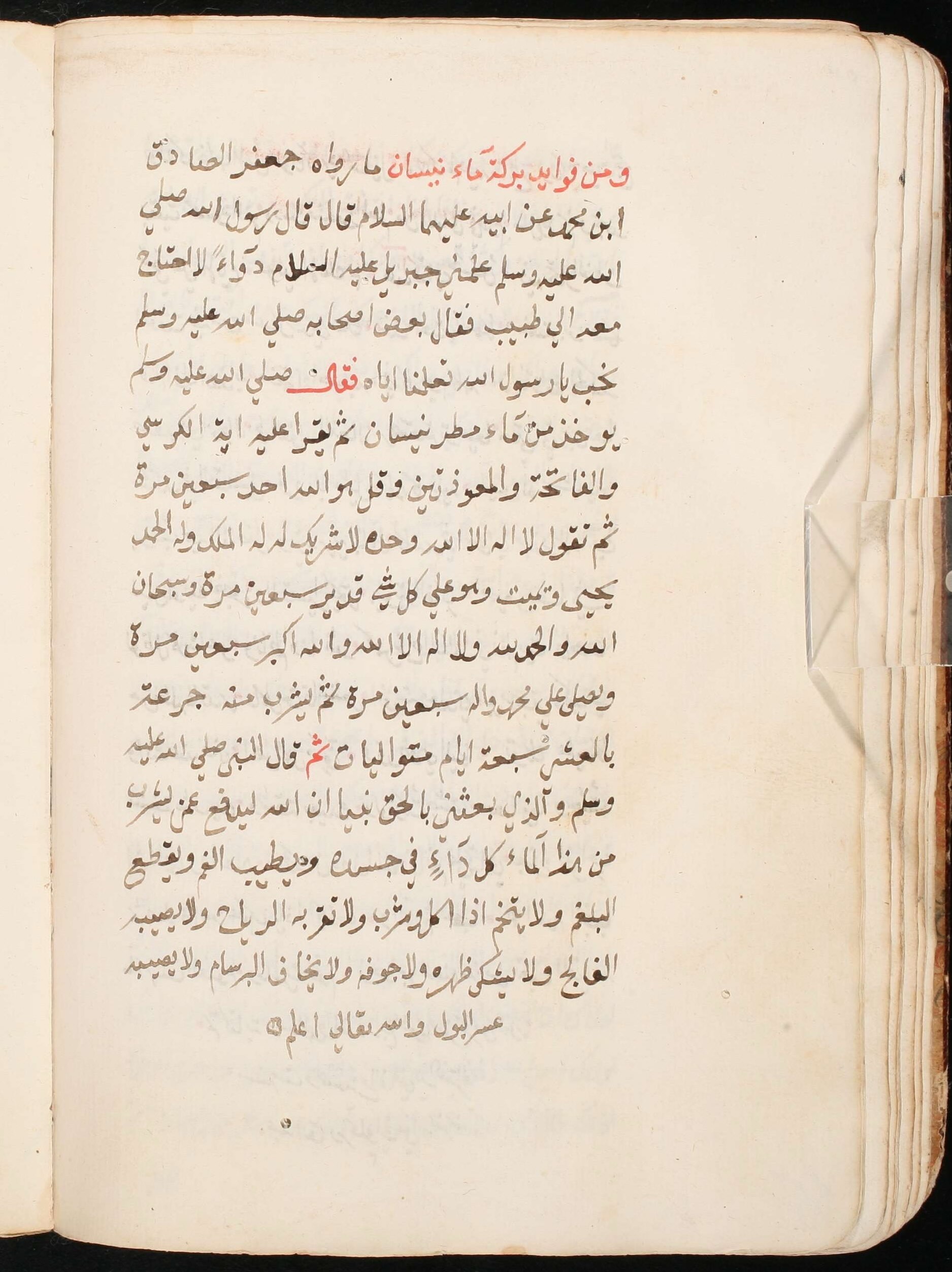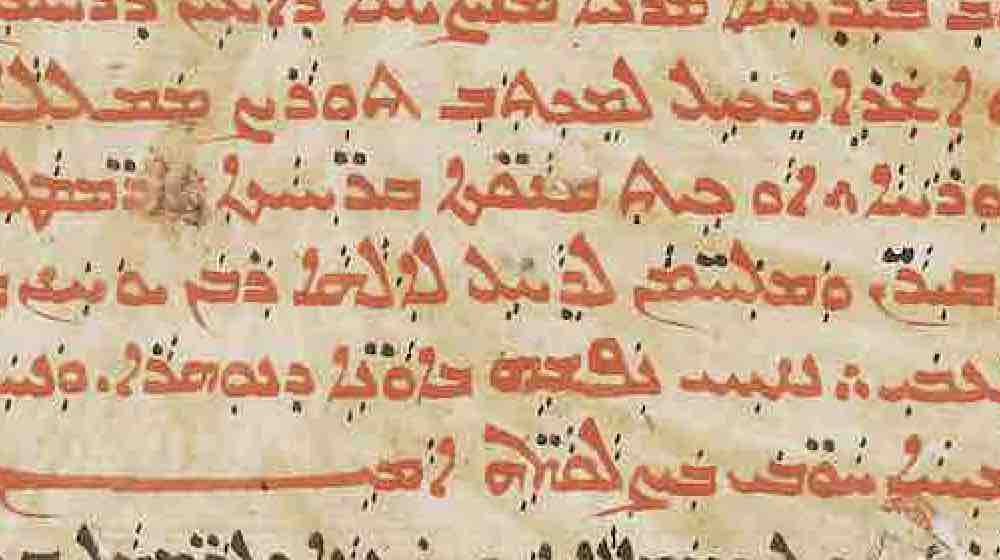An Excerpt On The Properties Of April’s Rain In A Curious Collection Of Arabic Texts Found In One Manuscript
An Excerpt on the Properties of April’s Rain in a Curious Collection of Arabic Texts Found in One Manuscript
This story is part of an ongoing series of editorials in which HMML curators and catalogers examine how specific themes appear across HMML’s digital collections. On the theme of Weather, Dr. Celeste Gianni has this story from the Islamic collection.

The term “April showers” derives from the frequency of short and regular showers that are common in many regions of the Northern Hemisphere during the month of April. The phenomenon is linked to the position of the jet streams—fast flowing air currents that, during the first months of spring, bring strong winds and rain from the oceans.
The meteorological phenomenon is so consistent that April showers feature in several European proverbs and literary works as well as modern popular songs and movies. For example, “April showers bring May flowers” is a common English proverb, and the sentiment even opens the General Prologue of Chaucer’s The Canterbury Tales:
“Whan that Aprill, with his shoures soote
The droghte of March hath perced to the roote”(When April, with its sweet showers
Has pierced the drought of March to the root)
In Italian, an old nursery rhyme identifies each month as a character, and for April it sings, “Aprile con l’ombrello” (April with the umbrella), referring to the personification of the month of April, who needs to walk around with an umbrella for the frequent showers.
Lesser known are references to April showers in Arabic sources. An interesting example is a note on April’s rain provided by manuscript USJ 2 00547, held at the Bibliothèque orientale at the Université Saint-Joseph in Beirut, Lebanon.

The manuscript, copied by ʿAbd al-Qādir ibn Muḥammad al-Ḥalawānī in 1646 CE, is a curious collection of texts on different topics by Islamic authors. Together with a poem on nuts (al-Maqāmah al-fustuqīyah); a collection of hadith on water, gardens, and plants (al-Naḍrah fī aḥādīth al-māʼ wa-al-riyāḍ wa-al-khuḍrah)—both by the Egyptian polymath Jalāl al-Dīn al-Suyūṭī—and a treatise on the Superiority of dogs over many of those who wear clothes by the Persian physician Ibn al-Marzubān, as well as other curious works, this composite manuscript includes a short excerpt on the properties of April’s rain, entitled Fawāʾid barakat māʾ Nīsān (Benefits of the blessing of April’s water).
In the text, the name used for the month of April—Nīsān—derives from the Babylonian and Hebrew lunisolar calendars and is still the common name for the month of April in much of the Middle East. The account is in the style of a hadith: sayings or traditions of the Prophet Muhammad that were transmitted by his companions and transmitters that came after, revered as a major source of moral guidance and religious law. In this account, the Prophet tells of the curative properties of drinking water from April’s rain.
What follows is a translation of the excerpt (USJ 2 00547, folio 55v):
Jaʿfar al-Ṣādiq ibn Muḥammad narrated that his father told him that the Prophet Muḥammad said: [when I asked] the Archangel Gabriel for “a medicine that will keep the doctor away,” he told me: “drinking water from April’s rain.” Then, some of the Prophet’s companions asked him: tell us [more about this]! And he said: drink some water from April’s rain and recite the verses [from the Qur’an] al-Kursī, then [the surah (chapter)] al-Fātiḥah, and al-Mu'awwidhatayn [the last two surahs of the Qur’an] and say: “He is God” 71 times; then say 70 times “There is no god but God alone, with no one like Him, to Him belongs sovereignty and to Him is praise, He gives life and causes death, and He is capable of all things”; then say 70 times “Glory be to God, praise be to God, there is no god but God, and God is great”; then pray for the Prophet and God 70 times. [After this] drink a tenth dose of it [April’s rain] for seven consecutive days. Then the Prophet added: By the One who sent me with the truth as a prophet, by drinking this water, God will ward off every disease in one’s body and relieve every pain, [the water] will relieve heartache and eliminate phlegm, it will prevent one from becoming bloated or gassy after eating and drinking, it will prevent infections, one will not suffer from paralysis nor back pain, neither his stomach will be affected by diseases, nor will he suffer from painful urination. God told me this and He knows best!
It is interesting to see how April’s rain acquires different meanings and values across geographical regions and historical periods. Consider this account and the proverbs and nursery rhymes seen today: April showers bring pretty flowers in England, the burden of carrying around an umbrella in Italy, and the gifts of life and health in the Middle East!




